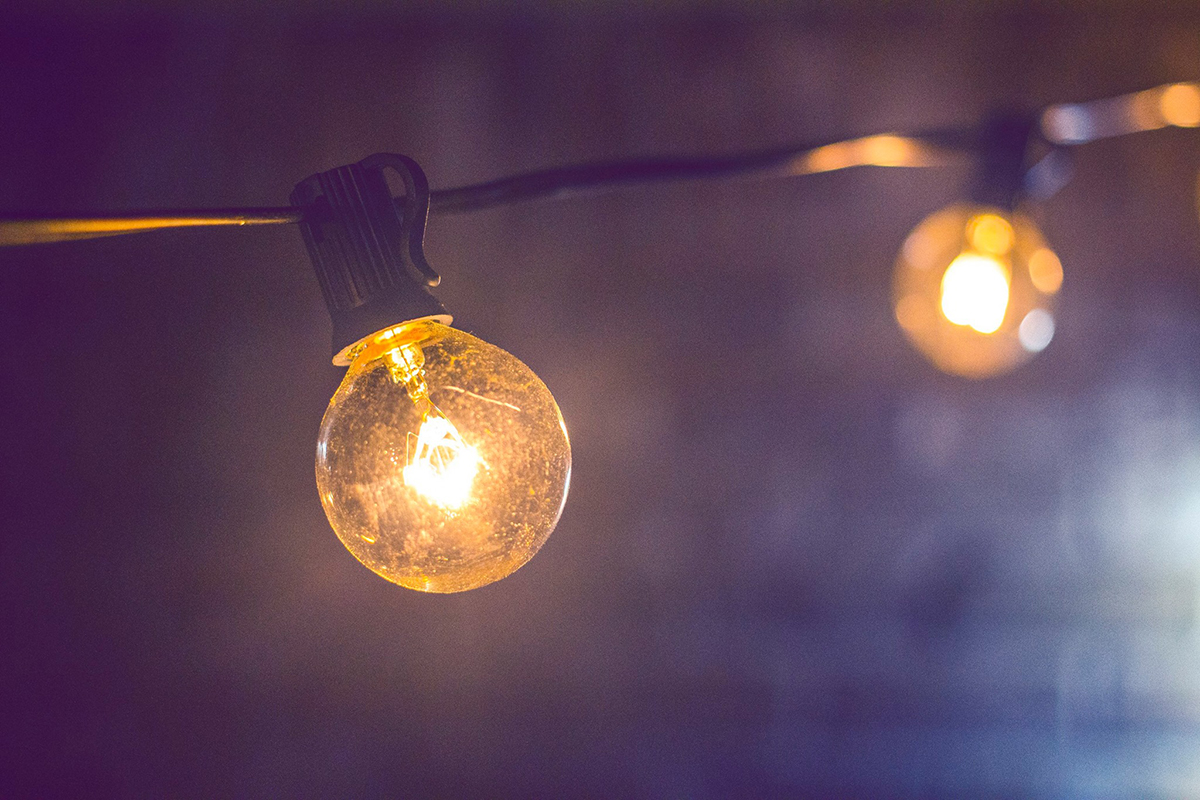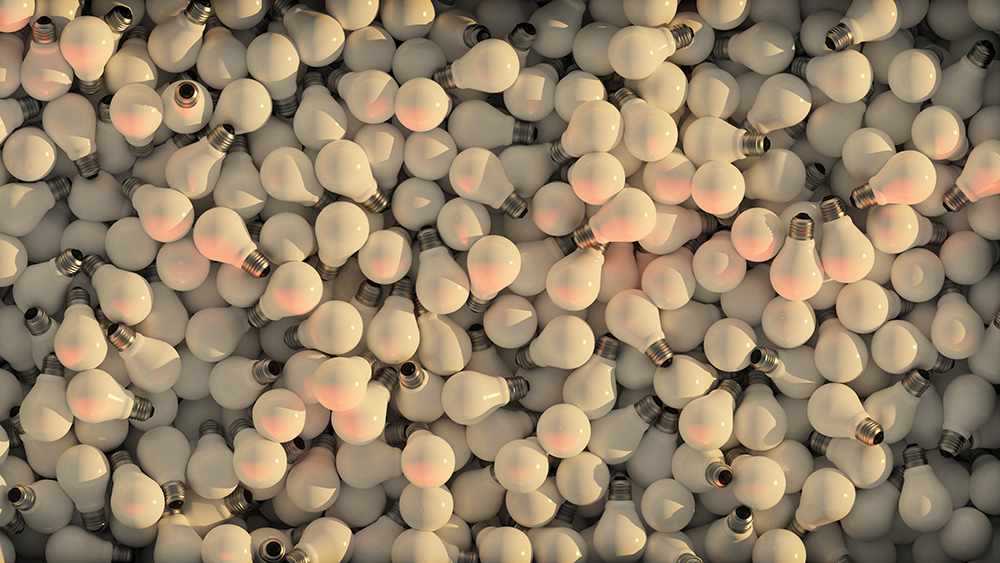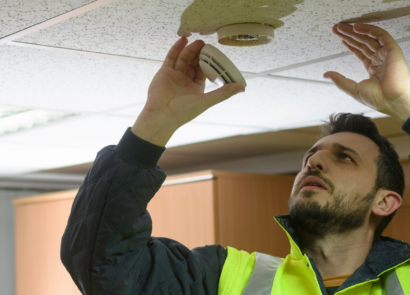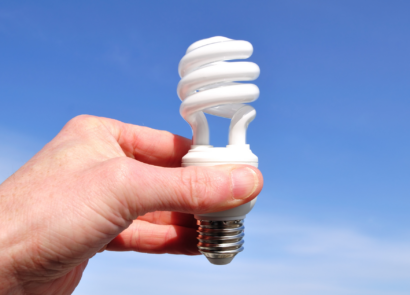Where would we be without the humble light bulb? They brighten up our lives on dreary days, help keep our homes on trend, and today’s energy-efficient bulbs can last for years without burning out.
When a light bulb does burn out, what do you do? Don’t throw it in the trash! It’s important to recycle light bulbs safely – and here’s why.
Why it’s important to recycle mercury-containing bulbs
Which light bulbs contain mercury
Why CFL light bulbs are good for the environment
What happens to light bulbs when they get recycled
What to do if you break a light bulb
Where and how to recycle your light bulbs
Why it’s important to recycle mercury-containing bulbs and tubes?
1. Sending mercury to landfills can harm our health
When mercury-containing light bulbs like compact fluorescent lights (CFLs) are thrown into the garbage, they go to a landfill. Once they’re there, the mercury inside can seep into landfill groundwater and create contaminated leachate, which can affect our drinking supply. Phosphor, which is also present in fluorescent bulbs and tubes, can also be toxic in large quantities. When you recycle light bulbs and tubes, the mercury and phosphor powder in them will be properly and safely handled, and stored securely, to ensure it doesn’t harm human health. Although each bulb only contains a tiny amount of these chemicals, in large quantities they build up – so, every recycled light bulb counts.
2. Landfill space is running out
The world’s waste production is increasing all the time, and most of it still goes to landfills. That means we’re running lower on space – and any space that can be saved in landfills is definitely a good thing.
3. Reducing landfill waste is good for the planet
Landfills can pollute the soil in the area around them as well as leach chemicals into the groundwater, which can result in the death of aquatic life. While many landfills these days are securely and responsibly maintained, they can still have adverse effects on our health and the environment, and reducing the waste you contribute to them is a positive goal.
4. The raw materials in light bulbs can be reused
Another important benefit of recycling is that the raw materials can be recovered and reused – letting us recover some of the energy that was used to make them. Aluminum, for example, requires 96% less energy to make from recycled cans than it does to process from raw materials. Recycling just one glass bottle can save enough energy to light a 100 watt light bulb for 4 hours. And recycling your light bulbs gives their parts a new life, rather than adding to a landfill that will be around for up to 1,000 years.
Which light bulbs contain mercury?
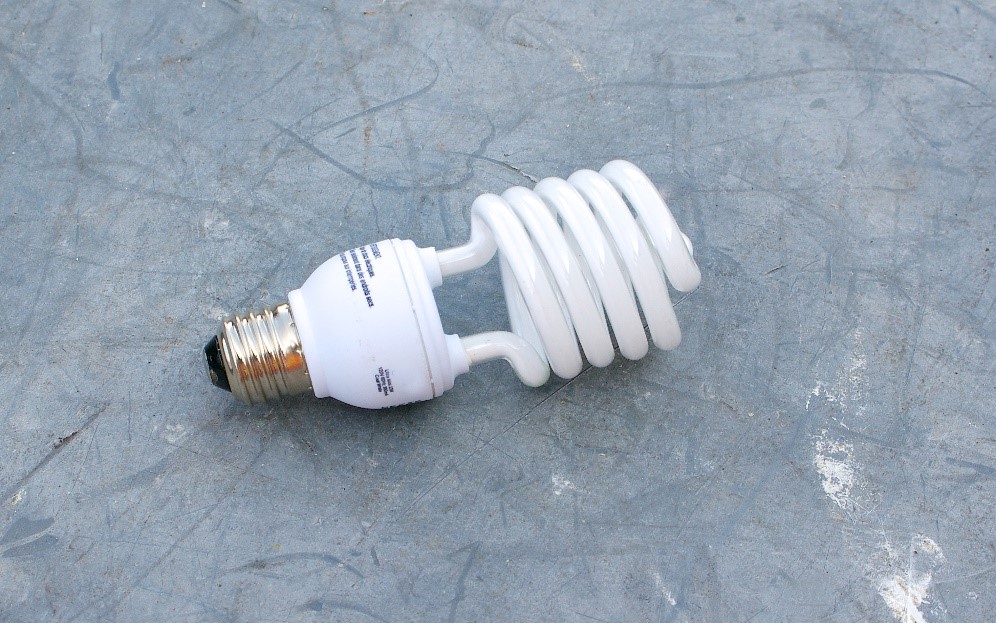 Compact fluorescent lights (CFLs) contain a small amount of mercury, whereas incandescent bulbs do not. You may have switched to CFLs in your home, as they are more energy-efficient, lasting around ten times longer than incandescent bulbs. Incandescent bulbs are actually being phased out of sale in many places, including Canada, because they’re so inefficient in comparison.
Compact fluorescent lights (CFLs) contain a small amount of mercury, whereas incandescent bulbs do not. You may have switched to CFLs in your home, as they are more energy-efficient, lasting around ten times longer than incandescent bulbs. Incandescent bulbs are actually being phased out of sale in many places, including Canada, because they’re so inefficient in comparison.
If you’re unsure which type of bulb you have, see how to tell if you have a CFL bulb.
You may also have fluorescent tubes – which contain phosphor powder, or HIDs – which contain mercury, in your home. Like CFLs, these types of light bulbs should be recycled safely through our program, rather than thrown in the trash. If you live in BC, you can also bring any incandescent bulbs or LEDs to be recycled at our collection centers.

Why CFL light bulbs are good for the environment?
Although CFL bulbs contain mercury, they actually reduce overall mercury pollution. How? Because they require less energy to generate – resulting in less coal burning at power plants, resulting in fewer mercury emissions. That means when you choose a CFL, there’s actually less mercury released into our air and waterways. As a bonus, switching to CFLs can also save you money on your energy bill!
What happens to light bulbs when they get recycled?
When you bring your light bulbs to be recycled through our light recycling program, they’re transported to an authorized processor for recycling.
Wearing personal protective equipment, workers sort lights by type and stage them for manual and/or mechanical processing. All standard fluorescent tubes, and most other lights, are put through a machine, called a tumbler, where they are crushed and the components are separated. The glass, metal, mercury, and phosphor is separated so that it can be stored or used again.
What to do if you break a light bulb?
Don’t panic if you break a light bulb. The amount of mercury contained in each bulb is tiny – only about the amount to cover the tip of a ballpoint pen – and in this quantity, it’s extremely unlikely to be harmful. Follow these steps to minimize your exposure, and clean up as safely as possible.
- To avoid breathing in vapors, open a window and leave the area by the broken bulb for at least 15 minutes
- Use stiff paper to pick up larger pieces of glass, and duct tape to pick up small pieces and powder. Don’t vacuum or sweep
- Wipe the area clean with a damp paper towel
- Place all of the materials into an air-tight container, such as a sealed plastic bag. This plastic bag can be brought to your nearest collection site for recycling
- Be sure to wash your hands after you finish cleaning up
Where and how to recycle your light bulbs?
If you live in BC, Manitoba, Prince Edward Island, Quebec or Washington State, you can recycle your light bulbs through our program, by dropping them off free of charge at a participating recycling location. As of 2020, Product Care has recycled over 58 million light bulbs across the country: enough to outfit every home in British Columbia.
Find your nearest recycling location and see where you can drop them off today! The types of light bulbs accepted vary depending on where you live, so be sure to check that too.
You can drop off up to 16 bulbs and 16 fluorescent tubes a day. If you have more bulbs to recycle, and live in BC or PEI, we may be able to pick them up for free. Get more information: for BC and PEI.
